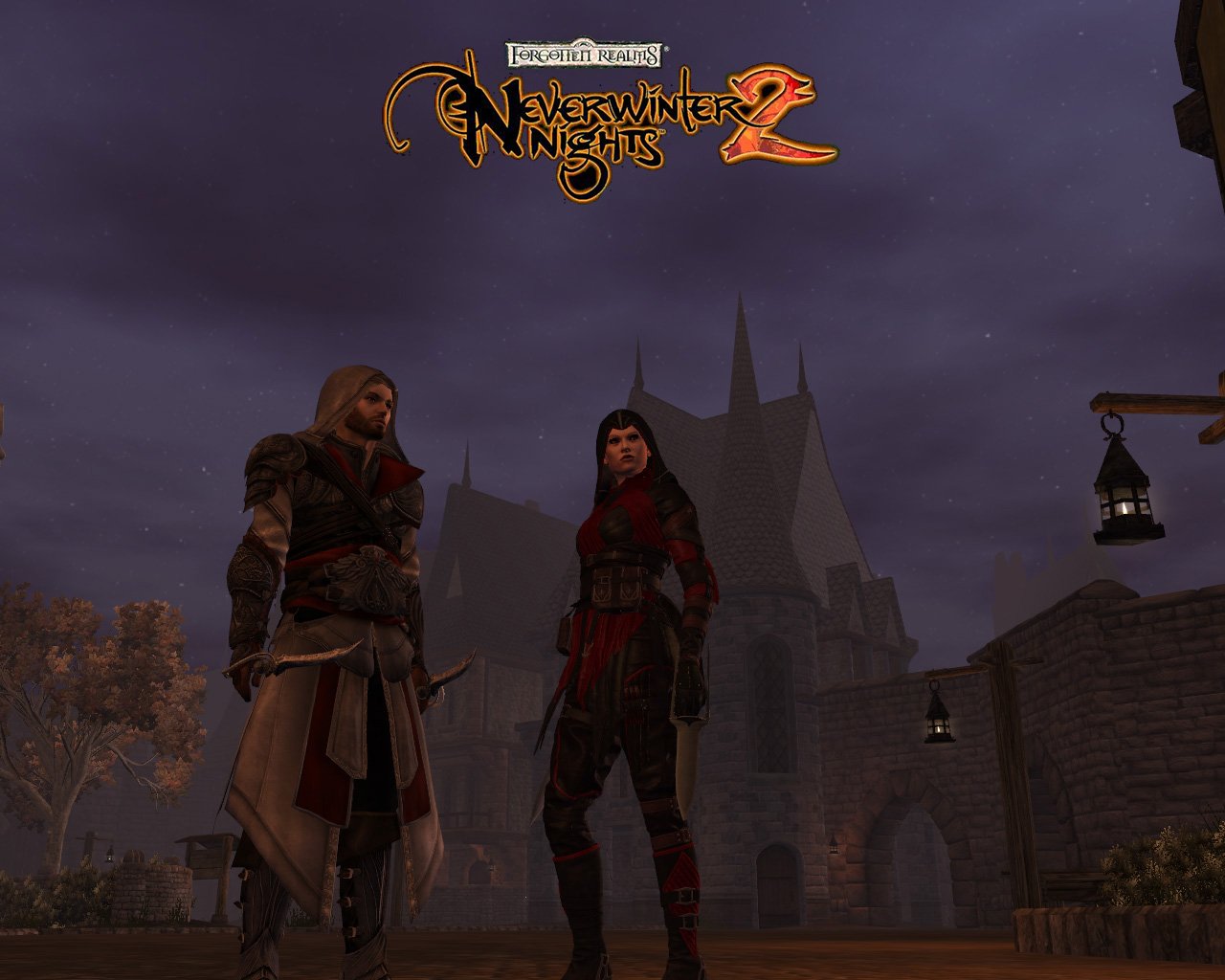
Odyssey has built a pyramid of design buckets in order to create that variety.Įach mission either fits into a land or naval setting. Mission-type and design varietyĪnd then each of those icons often have enough variance that they feel like fleshed out, unique experiences. It’s as if Ubisoft is treating you like a human and not some kind of box-checking automaton. Your brain actually has a chance to meaningfully process the information. As a result, the entire adventure is much more manageable. All of its map icons exist as distinct little islands. Some past open-world Ubisoft games seem like Yves Guillemot threw mission icons onto every possible square inch. At the same time, the world has enough space to let each of those activities breathe.

The Greek world in Odyssey seems to have more missions, quests, characters, and side diversions than any Assassin’s Creed ever. In Odyssey, Ubisoft accomplishes this in a number of ways. That comes down to a refined sense of pacing, and that’s super difficult to pull off in an open-world game. What’s more important is that Ubisoft has built in a sense of momentum that will drive you through the Odyssey in a way that makes you actually want to go out and explore all of that content. And while it has more of those things than most other games, that’s not too impressive on its own anymore. That’s true both in terms of square mileage and the amount of stuff that fills that world. What you’ll like (so far) Good pacing in a huge open world The text of this review may change as I complete more of the game and finalize my thoughts. Review-in-progress: I have not finished Assassin’s Creed: Odyssey, and I have not played enough to feel comfortable assigning a final score. This is my favorite Assassin’s Creed since Brotherhood.

Is all of that enough to justify another trip into history with Ubisoft? Along with some overall refinements and some entertaining writing and direction, yes.


 0 kommentar(er)
0 kommentar(er)
